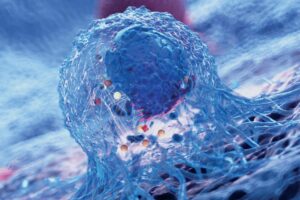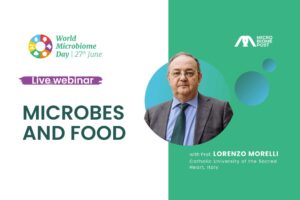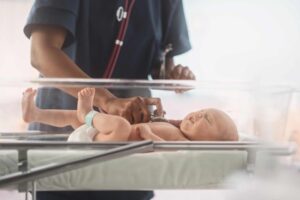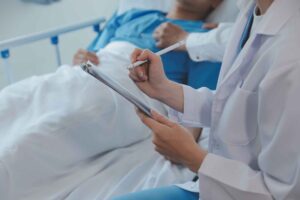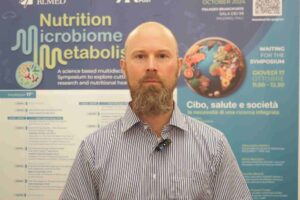What is already known
Loss of bone density is one of the problems for astronauts to overcome during extended stays in space. Gut microbes have been implicated in bone remodeling, and microgravity is associated with a loss of bone density. However, it’s unknown how the microbiota changes during prolonged exposure to microgravity, and whether these alterations affect bone density.
What this research adds
Researchers sent to space 20 mice, half of which returned to Earth after 4.5 weeks, whereas the remaining half remained in orbit for nine weeks. Compared to controls, rodents that spent 4.5 weeks or more in space had altered, more diverse microbiotas. Rodents exposed to microgravity had elevated levels of two types of bacteria — Lactobacillus and Dorea species, whose metabolism may contribute to the increased production of molecules that are known to influence bone remodeling.
Conclusions
The findings suggest that changes to the gut microbiotas in space may be associated with a loss of bone density.
Astronauts lose between 1% and 2% of bone density for every month spent in space. A new study done in mice reports that changes to the gut microbiotas in space may be associated with this bone loss.
The findings, published in Cell Reports, may help to identify microbes that support the maintenance of bone density, which could lead to strategies to limit bone loss in space. This information could also help people who suffer bone loss from reasons unrelated to prolonged exposure to microgravity. “This could potentially lead to new tools for managing diseases like osteopenia or osteoporosis, so it’s not just an isolated story in space,” says study senior author Wenyuan Shi at the Forsyth Institute.
Loss of bone density is one of the problems for astronauts to overcome during extended stays in space. Gut microbes have been implicated in bone remodeling, and microgravity is associated with a loss of bone density. However, it’s unknown how the microbiota changes during prolonged exposure to microgravity, and whether these alterations affect bone density.
To address these questions, Shi and his colleagues sent 20 mice to the International Space Station, a multi-nation laboratory that orbits at about 400 kilometers above sea level.
Space changes
Ten mice returned to Earth after 4.5 weeks, and the remaining ten remained in orbit for nine weeks. The researchers analyzed the animals’ microbial communities before launch, upon return to Earth and at end of the study. Then, they compared the microbiotas of space rodents with those of control mice, which were housed under identical conditions on Earth.
Compared to controls, rodents that spent 4.5 weeks or more in space had altered, more diverse microbiotas. These animals also experienced bone density loss and had higher blood levels of metabolites such as lactic and malic acid, which have been associated with bone remodeling.
Among the metabolites whose levels were elevated in the blood of space rodents, the researchers found the antioxidant glutathione, which has been shown to influence a process that is essential for the function of osteoblasts — the cells required for bone synthesis and mineralization.
Bone remodeling
The team found that rodents exposed to microgravity had elevated levels of two types of bacteria — Lactobacillus and Dorea species, whose metabolism may have contributed to the increased production of the molecules involved in bone remodeling.
These rodents also had increased levels of Clostridium, Romboutsia, Ruminiclostridium and Shuttleworthia bacteria, and decreased levels of Hungatella bacteria, the researchers found.
“When we mapped the genetic pathways for Lactobacillus and Dorea, they seemed to line up with the metabolites that were elevated during microgravity exposure,” says study lead author Joseph Bedree. “When someone’s in microgravity and experiencing bone loss, it would make sense that their body would try to compensate and that the biological systems within would be doing that as well, but we need to do more mechanistic studies to truly validate these hypotheses.”





